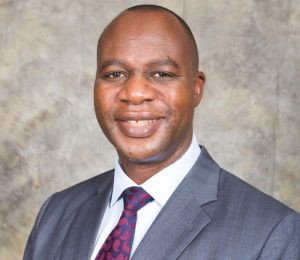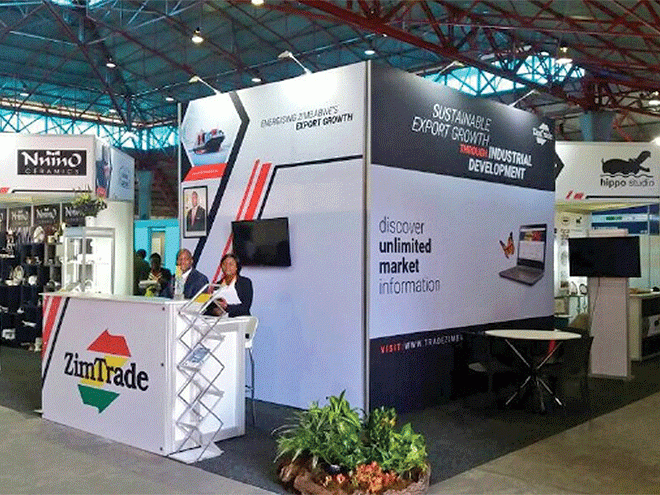
THE Reserve Bank of Zimbabwe (RBZ) has reported an increase in money supply to 7,5% for the month of November on the back of improved confidence in the banking sector.
BY TATIRA ZWINOIRA
The RBZ’s monthly economic review report for November shows the money supply increased to $4,74 billion in November from $4,6 billion in October on a month-on-month basis.
“Annual growth in money supply surged to 7,5% in November 2015, from 3,2% in October 2015. On a monthly basis, broad money increased by 3,1% to $4,74 billion in November 2015. The increases partly reflected a marked improvement in confidence in the banking sector,” RBZ said.
Money supply is the total amount of monetary assets available in an economy at a specific time.
The growth in annual broad money was due to the increases in savings deposits by 12,2%, demand deposits 11,8%, and long-term deposits 9,8%. However, short-term deposits declined by 10,9%.
The composition of the deposits showed that demand deposits were 51%, long-term deposits 21%, short-term deposits 15% and savings deposits 14%.
During the period under review, banking sector credit increased by 2,9% to $5,34 billion from $5,19 billion in October 2015.
- Chamisa under fire over US$120K donation
- Mavhunga puts DeMbare into Chibuku quarterfinals
- Pension funds bet on Cabora Bassa oilfields
- Councils defy govt fire tender directive
Keep Reading
In November, credit to various sectors in the economy had agriculture (22,5%) leading followed by credit to households at 18,8%, services including tourism (15,3%); distribution (15,2%); manufacturing (14,8%); mining (5,3%); transport and communications (3,1%); and construction (1%).
Credit to households since dollarisation has averaged 112% of the gross domestic product, showing a lack of disposable income and high unemployment.
In terms of proportions, RBZ said the usage of private sector credit was asset purchases 41,6%, inventory build-up 35,9%, consumer durables 13,8%, and vehicle purchases 3,4%.
Notably, funds utilised for capital development remained low at 4,3% of the total loans and advances.











